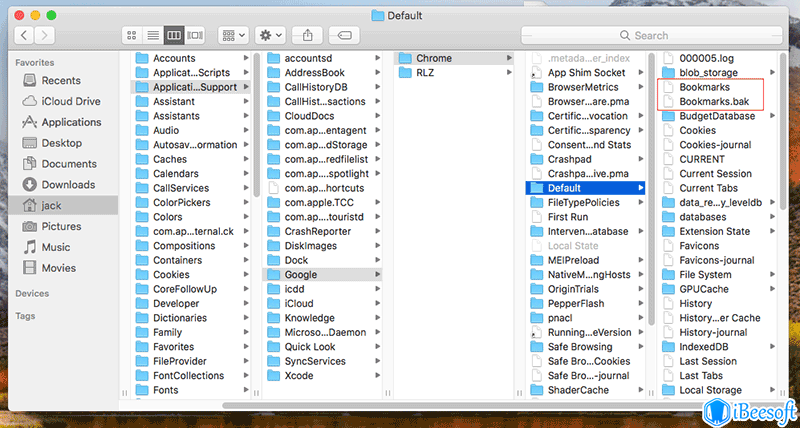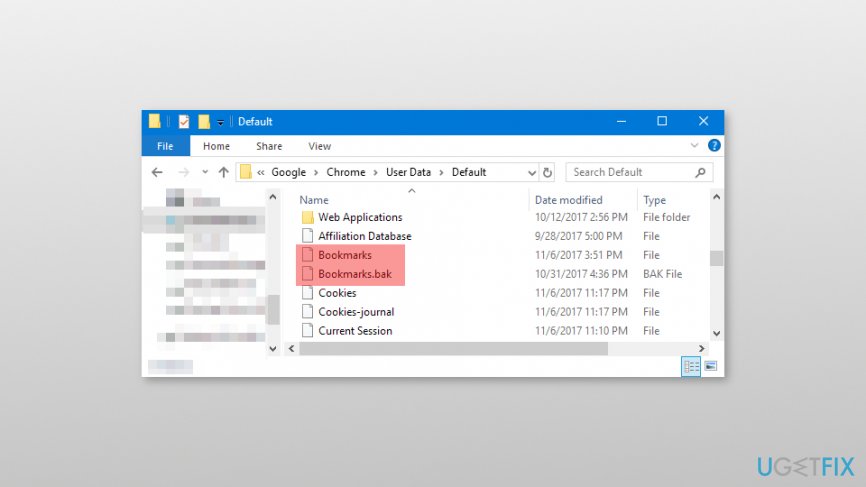
Step 6: Look for a manifest.json file, which is a simple JSON file that tells the browser how the extension’s user interface should appear when installed on desktop or mobile devices. Step 5: Open the subfolder with the extension’s version number. You won’t know which extension each folder is for until you go a little deeper. Inside the extensions folder are more folders for each extension, with the folder names as strings of letters. Step 2: Open your file explorer and paste the following pathway into the navigation bar, replacing username with the username you use on your computer, then press Enter.Ĭ:\Documents and Settings\username\Local Settings\Application Data\Google\Chrome\User Data\Default Otherwise, here’s how to find and delete hidden Chrome extensions on Windows:

Have a Mac? Jump to our removal instructions on Apple. It’s important to remove browser hijackers immediately, because they’re invasive and can compromise your online security and privacy. Hidden Chrome extensions that aren’t visible in your browser are more likely to be malware, like browser hijackers. Not all Chrome extensions are visible in the Extensions section of your browser. How to delete hidden Chrome extensions on Windows Using extensions in other browsers too? Learn how to remove extensions from Firefox. The slider button is gray when the extension is turned off. If you’d like to disable Chrome extensions without removing them, toggle the slider to the left.

Step 5: Click Remove again on the pop-up confirmation window to delete the extension. Step 4: Find the extension you want to delete and click the Remove button. You should now see all your downloaded browser extensions. Step 3: Select More tools from the dropdown menu and choose Extensions from the list of options.

Step 2: Click the three vertical dots in the top-right of the browser window to open the menu. Follow these steps to find extensions in Chrome and uninstall any Chrome extensions you don’t want:


 0 kommentar(er)
0 kommentar(er)
